CeraVe vs. Cetaphil Moisturizing Cream
Which of these moisturizing creams is better for eczema and dry skin? Plus, how to reduce hygiene issues associated with using moisturizers packaged in tubs.
Ever since I started incorporating more drying products like acids and Differin into my nighttime routine, I’ve been thinking about switching over to a richer moisturizer that’s more hydrating than CeraVe PM—something that’s closer to a cream than a lotion. Two of the most popular moisturizing creams out there are Cetaphil Moisturizing Cream and CeraVe Moisturizing Cream. These products have similar product names and packaging (a big plastic white tub). CeraVe Moisturizing Cream is commonly called “CeraVe in the tub” on /r/SkincareAddiction.
I thought it might be a good idea to compare their ingredient lists to see if these two products' similarities ended there.
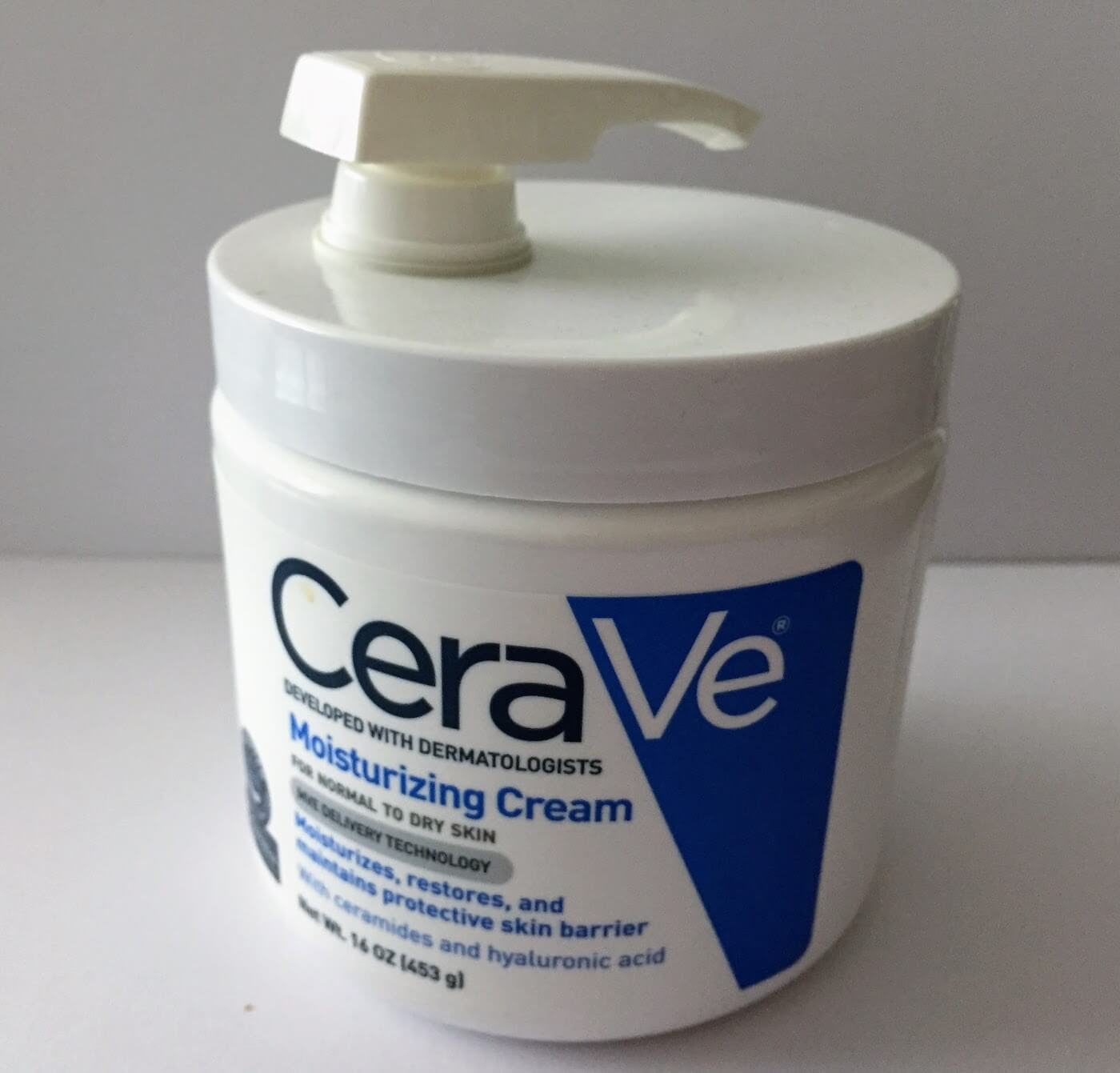
Cetaphil Moisturizing Cream Ingredients
purified water, polyglycerylmethacrylate (and) propylene glycol, petrolatum, dicaprylyl ether, peg-5 glyceryl stearate, glycerin, dimethicone and dimethiconol, cetyl alcohol, sweet almond oil, acrylates/c10-30 alkyl acrylate crosspolymer, tocopheryl acetate, phenoxyethanol, benzyl alcohol, disodium edta, sodium hydroxide, lactic acid
CeraVe Moisturizing Cream Ingredients
purified water, glycerin, ceteareth-20 and cetearyl alcohol, caprylic/capric triglyceride, behentrimonium methosulfate, cetearyl alcohol, cetyl alcohol, ceramide 3, ceramide 6-ii, ceramide 1, hyaluronic acid, cholesterol, petrolatum, dimethicone, potassium phosphate, dipotassium phosphate, sodium lauroyl lactylate, disodium edta, phenoxyethanol, methylparaben, propylparaben, phytosphingosine, carbomer, xanthan gum
Ingredient comparison: Cetaphil Moisturizing Cream vs. CeraVe Moisturizing Cream
ingredients in both:
glycerin, cetyl alcohol, purified water, petrolatum, disodium edta, phenoxyethanol
ingredients in CeraVe but not in Cetaphil:
propylparaben, dipotassium phosphate, hyaluronic acid, cholesterol, sodium lauroyl lactylate, methylparaben, phytosphingosine, behentrimonium methosulfate, xanthan gum, dimethicone, carbomer, ceramide 6-ii, ceteareth-20 and cetearyl alcohol, cetearyl alcohol, potassium phosphate, caprylic/capric triglyceride, ceramide 3, ceramide 1
ingredients in cetaphil that are missing in cerave:
sweet almond oil, dicaprylyl ether, lactic acid, polyglycerylmethacrylate (and) propylene glycol, acrylates/c10-30 alkyl acrylate crosspolymer, benzyl alcohol, peg-5 glyceryl stearate, tocopheryl acetate, dimethicone and dimethiconol, sodium hydroxide
more in cetaphil (comes earlier in cetaphil ingredient list than cerave ingredient list):
petrolatum, disodium edta, phenoxyethanol
more in cerave (comes earlier in cerave than cetaphil ingredient list):
glycerin, cetyl alcohol
same order:
purified water
My Dad the Chemist’s thoughts on Cetaphil vs. CeraVe Moisturizing Cream
I sent both ingredient lists (with Cetaphil as Product 1, and CeraVe as Product 2) to my dad and asked him which one he thought was better for eczema and dry skin. Here’s what he said:
My dad picked CeraVe Moisturizing Cream because of the ceramides and hyaluronic acid, which he thinks are great for moisturizing and healing the skin.
Final thoughts on Cetaphil vs. CeraVe Moisturizing Cream
Everyone’s skin is different, so some ingredients that make your skin freak out might not have any effect on the next person’s skin, even if both of you have “sensitive skin.” I tried to compile some last thoughts on ingredients that stand out in each of these moisturizing creams, so you can make the best decision for you. Take these recommendations with a grain of salt—only you know what would be best for your skin!
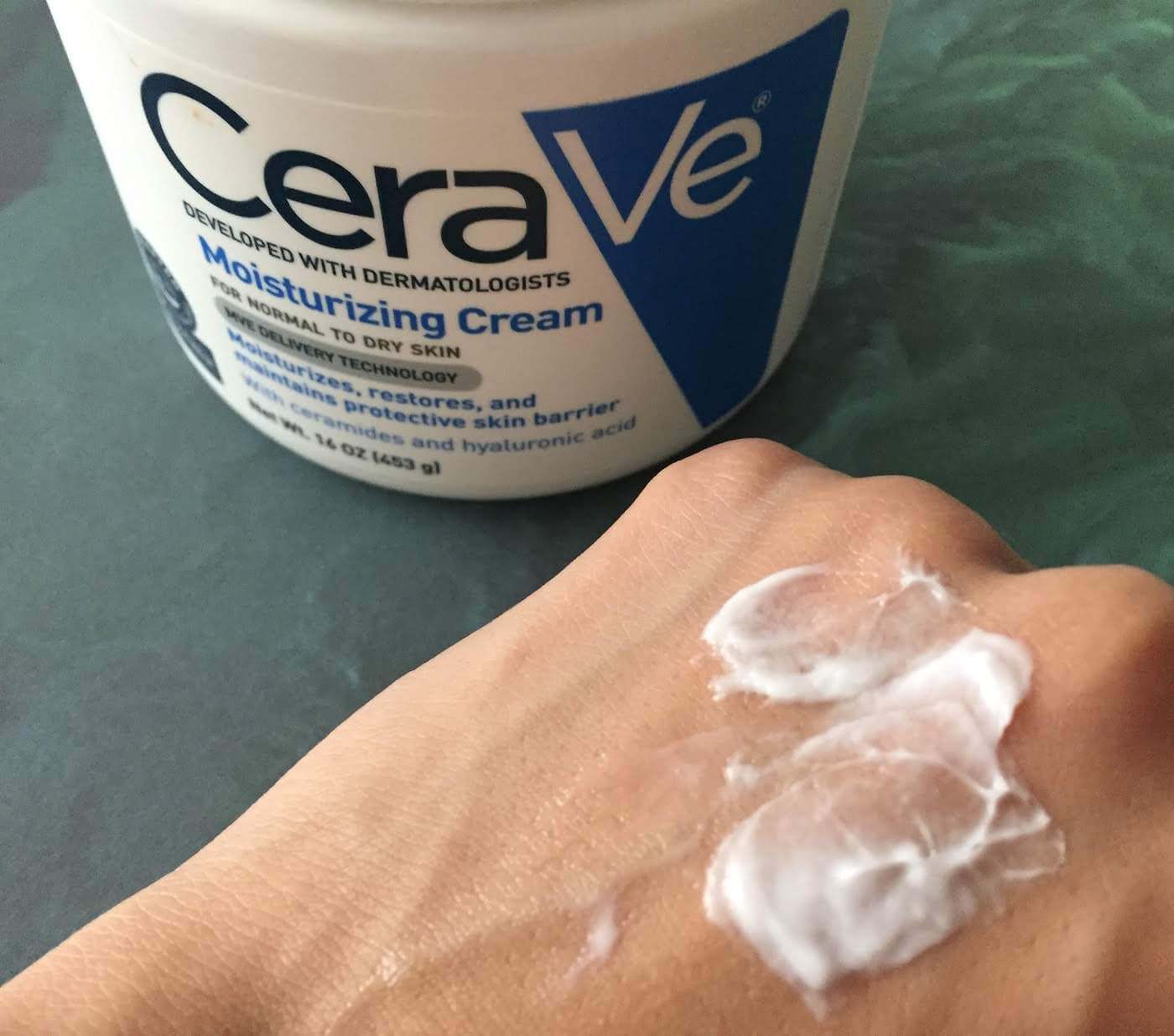
Opt for CeraVe Moisturizing Cream if:
- you want a product with less petrolatum (petrolatum appears later in CeraVe’s ingredient list, which implies that it’s possible that it is not as prominent in the formula).
- you want a cream that includes ceramides and hyaluronic acid
- you have eczema. Ceramides have been shown in studies to help improve mild to moderate eczema. Source
- you’re sensitive to sodium hydroxide, which is in Cetaphil Moisturizing Cream but not in the Cerave Moisturizing Cream. Incidentally, this was the only new ingredient that appeared in the revamped formula of CeraVe PM (learn more in my other post here). So, if you’re one of the individuals who reacted poorly to the change in the CeraVe PM formula, it’s possible that you won’t like Cetaphil Moisturizing Cream, either.
Opt for Cetaphil Moisturizing Cream if:
- you want to try a product with sweet almond oil. According to this study, it may be a great option for improving skin complexion and reducing scarring.
- you want a cream that includes vitamin E and/or lactic acid. Lactic acid helps exfoliate the skin and may help reduce hyperpigmentation. See this study for more details. However, we have no way of confirming whether or not Cetaphil Moisturizing Cream includes a high enough concentration of lactic acid to be all that effective.
Avoid both of these creams if:
- Your skin doesn’t like cetyl alcohol. This ingredient reportedly may cause breakouts in some individuals who are sensitive to fatty alcohols.
I’m currently using CeraVe Moisturizing Cream because I want to be able to use it whenever I have eczema flareups. However, I have heard great things about Cetaphil Moisturizing Cream, so I’m sure I’ll probably get around to trying it out someday in the future.
A note for my fellow hygiene freaks
Because both of these moisturizing creams are very thick, it’s difficult to pump out like a traditional lotion, which may be why they are packaged in a plastic tub. This consistency is great for dry skin—a velvety texture that really envelops your skin in hydration. However, when you use a product like this, you’ll have to dip your fingers into the tub…which means that you’ll either need to scrupulously wash and dry your hands before dipping them into the tub, or you’ll need to find another means of dispensing the product.
I like that CeraVe sells a version that’s packaged with a pump top, so I don’t have to dip my fingers into the tub. However, I don’t know if it will continue to pump out nicely as I get closer to the bottom of the tub. Eventually, I’m sure I’ll need to dip some sort of spoon in the tub to get out every last bit of the cream, but I’ll cross that bridge when I get to it.
But what if you can’t or don’t want to find your moisturizing cream packaged with a pump top? After all, it is more expensive to buy the pump top version instead of the regular version. Don’t worry, you still have a few options:
- you can attach a reusable pump top onto your tub of moisturizing cream
- you can dip a new Q-tip into the tub every day
- you can buy a pack of 200 little disposable spoons on Amazon
- you can use a cute spoon, like this stainless steel one I picked up at the DECIEM store in SoHo and wash it after each use
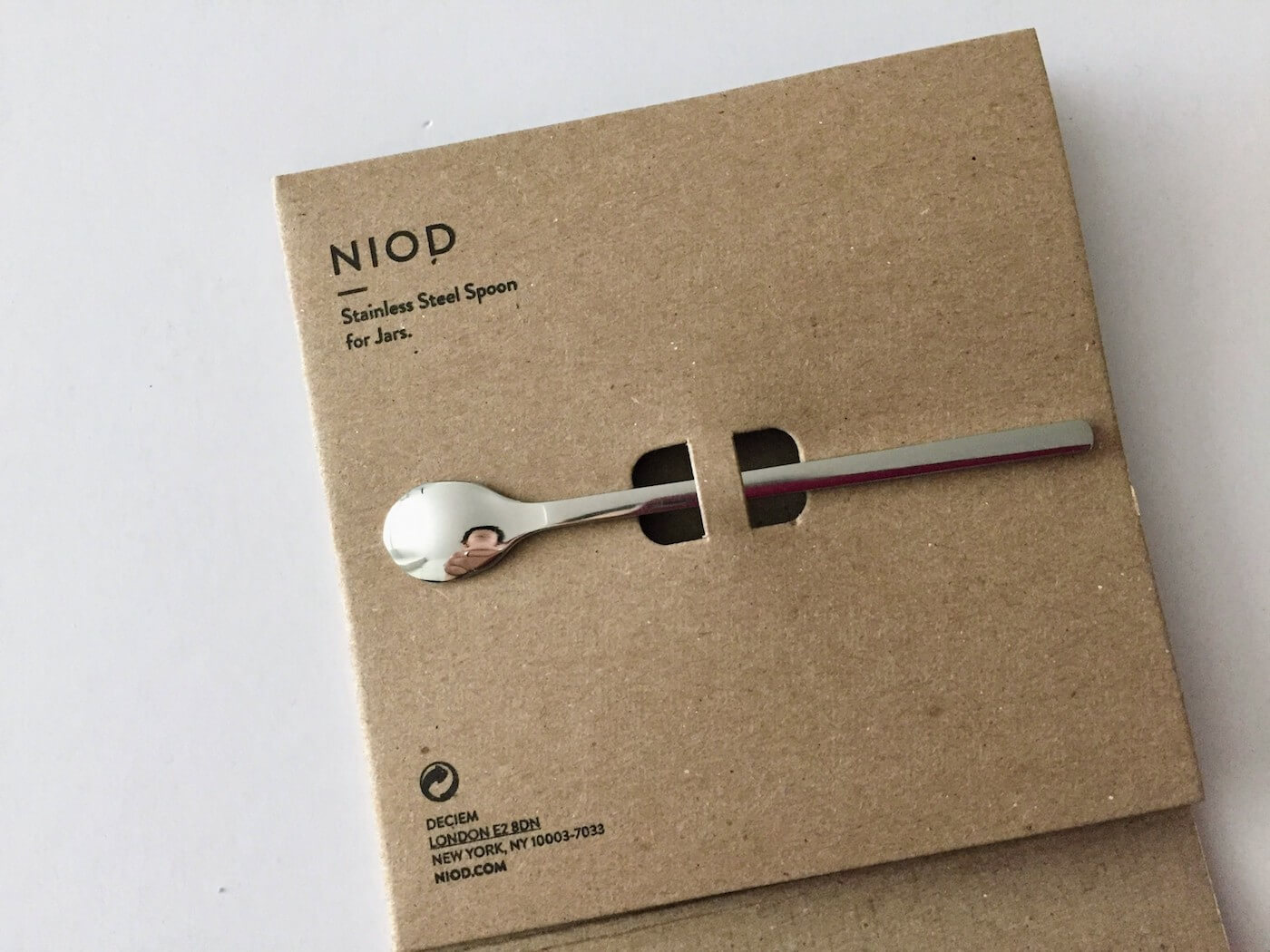
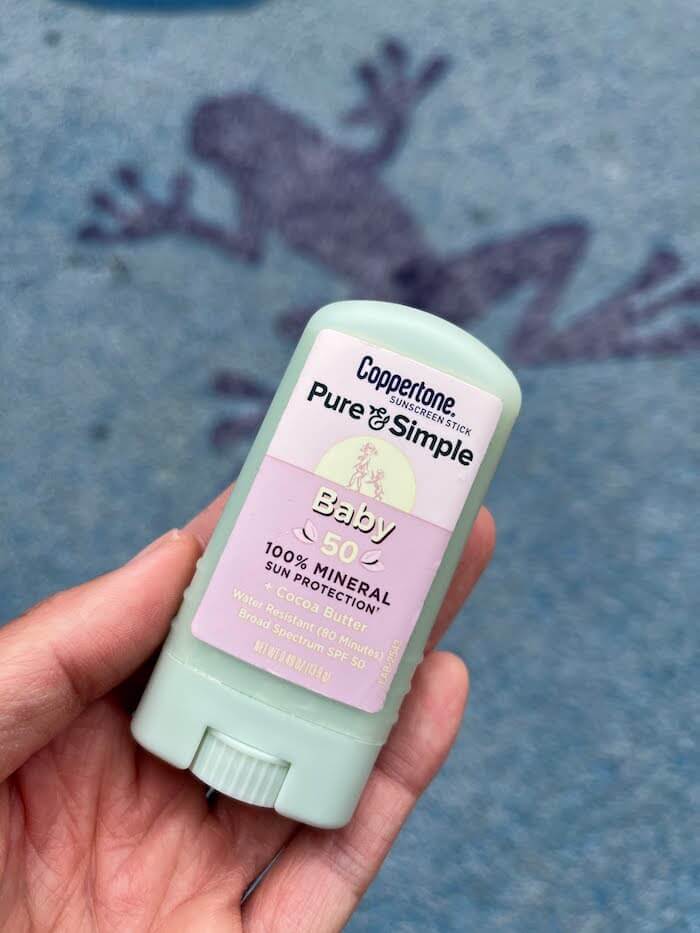
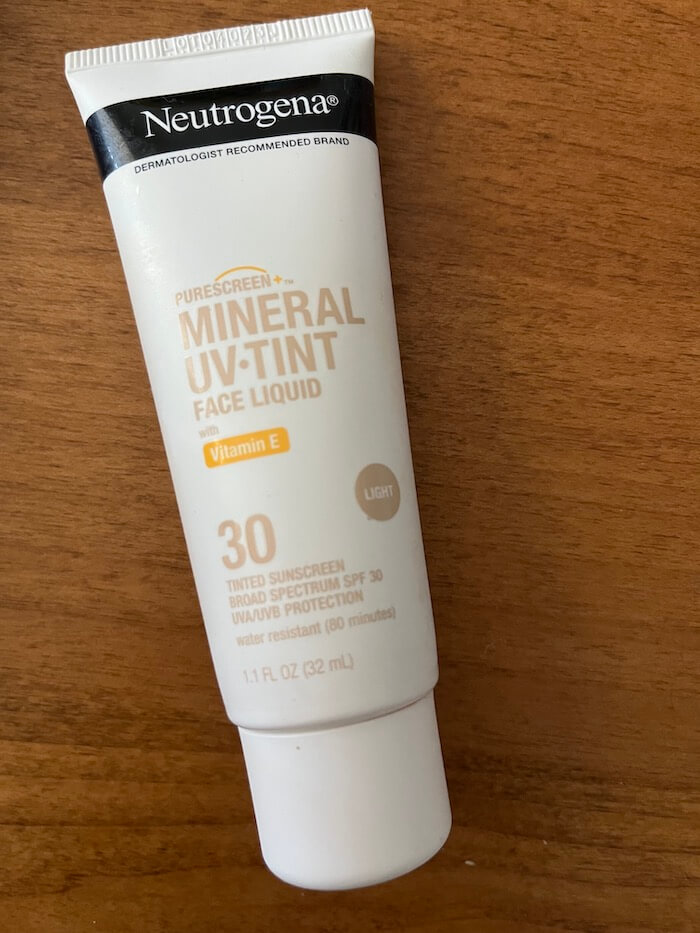
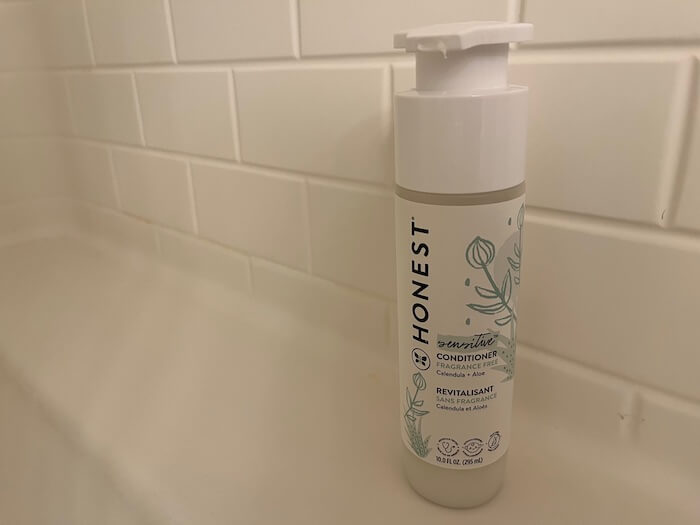

Share this post
RSS
Facebook
Reddit
Email